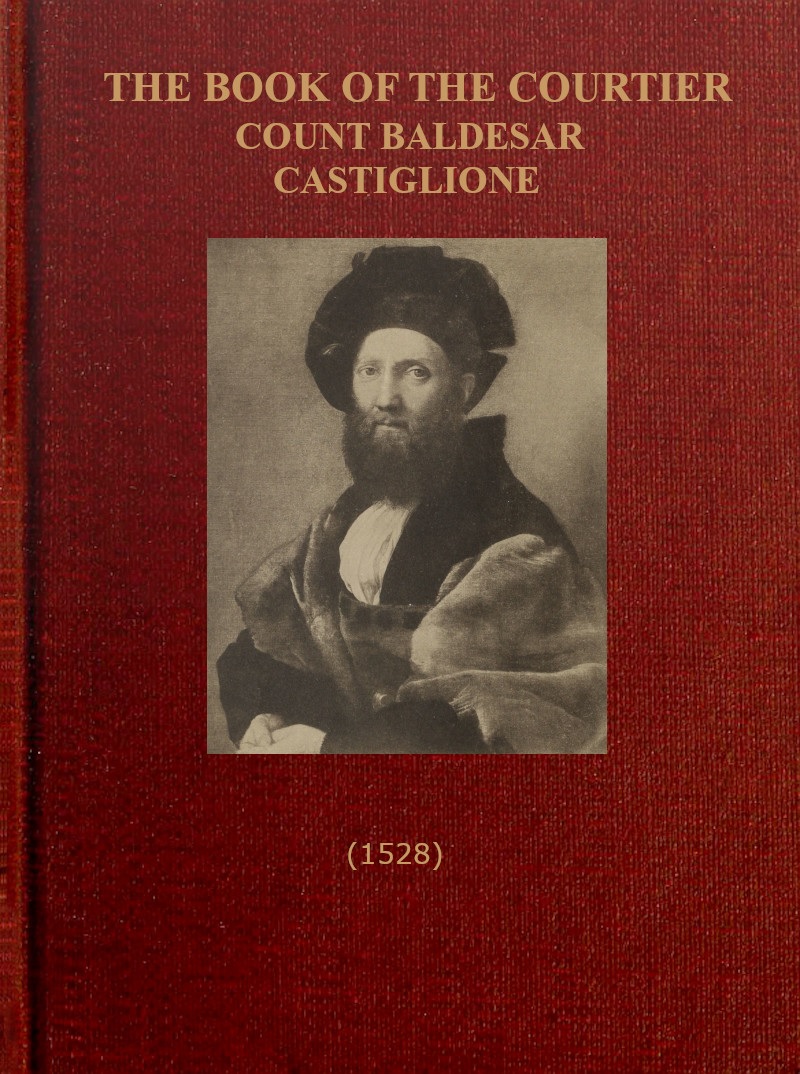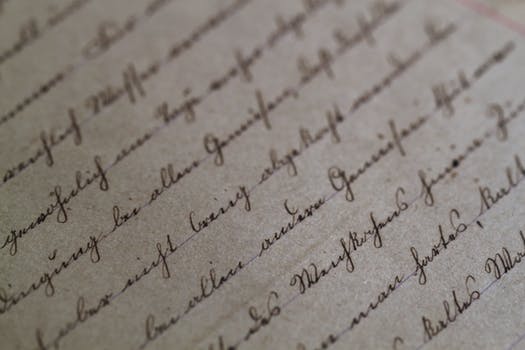
SPREZZATURA IN THE CATHOLIC GENTLEMAN
Jesús Ángel Miguel García
Research Fellow, St. Paul’s College, University of Manitoba.
Director, The Spanish Institute, Winnipeg.
Sprezzatura is an Italian concept that expresses one of the traits of the ideal Catholic gentleman.
It defines the soul and savoir faire of a gentleman. 
It is defined as studied carelessness, especially as a characteristic quality or style of art or
literature, although it is also used in the aesthetic context. It can be seen in some people’s
comportment and bearing, their sense of personal dress, fashion, comportment, speech, and
writing. If we take the concept even further, we can see it in architecture, paintings, poetry,
photography, films, homes, cuisine, décor, design, traditions, etc.
It is not a mere coincidence that the word, concept and its cultural manifestation originated in
Italy, in the courts of the Renaissance to be precise, imbued and rooted in its quintessentially
Catholic culture. It reflects and belongs to a very European, civilized, classic and classy way of
understanding and reflecting that culture, values, mores, savoir faire, finesse and poise,
employing the subtle art of sprezzatura.
This unique Italian word and idea encompasses a way of looking at things esthetically, and a
particular way of understanding beauty. It signals and transmits a very specific, subtle and
intangible esthetic way of finding, creating, appreciating and enjoying the value of beauty in your
daily life, and in the work you do, applying yourself, aiming for excellence and beauty, but
appearing to the onlooker as if it was done effortlessly and without affection. Today, just like for
centuries, many discerning individuals pursue this ethereal, intangible standard of beauty,
perfection and grace. Sprezzatura allows you to add your personal touch and personal
“signature” to things you wear, do, and say in a subtle way.
The term appeared in Baldassare Castiglione's 1528 Il Cortegiano (The Book of the Courtier). 
The book describes what constitutes “a perfect courtier at the Courts of Christendom”. It was
inspired by the Spanish court during his time as Ambassador of the Holy See. He describes
sprezzatura as a certain nonchalance, to conceal all art, and make whatever one does or says
appear to be without effort and almost without any thought. It is the ability of the courtier as a
gentleman to display an easy facility in accomplishing difficult actions which hides the conscious
effort that went into them. He is supposed to know how to lead a pleasant conversation, dress up
and have impeccable table manners, be a scholar, dance, ride; and how to behave in games,
musical performances and festivities. “In short, in all the activities appropriate to a well-born
gentleman.” All these “honourable and pleasing activities both of the body and the mind” are to
be naturally performed, and to make them look as if they are done without effort, with certain
detachment and nonchalance that should dissimulate any strain, and to make the viewer believe
that one just can’t go wrong. That is the essence of sprezzatura. Castiglione mentions an
example of a dancer who puts so much attention into what he does that he can be obviously
seen counting his steps and is consequently an unpleasant and ungraceful partner. The success
of the courtier depends greatly on his reception by the audience from the first impression. This is
why the courtier's dress, grazia (grace), “affable and charming nature, an infinite range of
knowledge” and excellence are vital to his success. Grazia and excellence are better expressed
employing the appearance of nonchalance and sprezzatura. It shows the person has a natural
understanding of elegance, style, grace, and class that is manifested effortlessly in how he
dresses and in what he does, and as Castiglione points out, with fine manners, prudence
and a courageous spirit, lively wit and judgement, discernment and goodness, politeness in
conversations and innocent pleasantries, delight and enjoyment, gracious and sober dignity,
modesty and nobility informing every act, word and gesture.
Sprezzatura can also be seen as defensive irony because it can be the ability to disguise one’s
real desires, feelings, thoughts, and intentions behind a mask of apparent reserve and
nonchalance.
You can express sprezzatura in the way you wear a scarf or your pocket square, how you
arrange your office desk or how you express yourself in your emails. You can combine a formal
piece of clothing with a less formal item, even fabrics. In whatever you do, avoid looking like
you’re trying too hard. Seek balance, style, good taste, grace, decorum and always well
groomed, while expressing your uniqueness, excellence, and personal touch.
It can go beyond your sense of dress. Discover, develop, and shape your personal sprezzatura in
what you do daily. It is your unique and refined style: the way you write, paint, speak, sing, teach,
eat, dress and how you wear your Sunday best for Mass, or how you do certain mundane tasks,
jobs and hobbies. It could even be the artful way of making and serving a cappuccino, how you
intimately you recite a poem, hand write a thank-you card, play an instrument, the classy way
you set the table for a special dinner. 
Sprezzatura is exemplified when you do something qualitative, artful, stylish, executed with skill,
confidence, even panache, always in good taste, making it look as you do not even have to try,
and intended to be observed and enjoyed by others. When you put into practice sprezzatura, you
start noticing the subtle art of sprezzatura in others too. At the end of the day, sprezzatura is part
of the joie de vivre. They notice something special in you, a “je ne sais quoi”. Sprezzatura is
doing something, doing it well, even when it is hard to do, and to make it look natural, effortless,
smooth, fluid, carefree, seeking beauty, just like nature that shows her magnificence, exuding
beauty without trying, and without worrying.
Good style or sprezzatura does not mean necessarily perfection. To some extent, it is the
concealment of imperfection, disguising the mistakes and making them look as if they were
intended, as if they were part of one’s style.
Recognize the value of good style and grace in everything you do daily. Start noticing it all
around you too. Look out for examples and role models. Observe, reflect on, adopt, adapt, and
learn from those examples of good style and sprezzatura. You can achieve it and perfect it with
practice. Sprezzatura is not easy; it just looks easy, and it will set you apart as a Catholic
gentleman.
